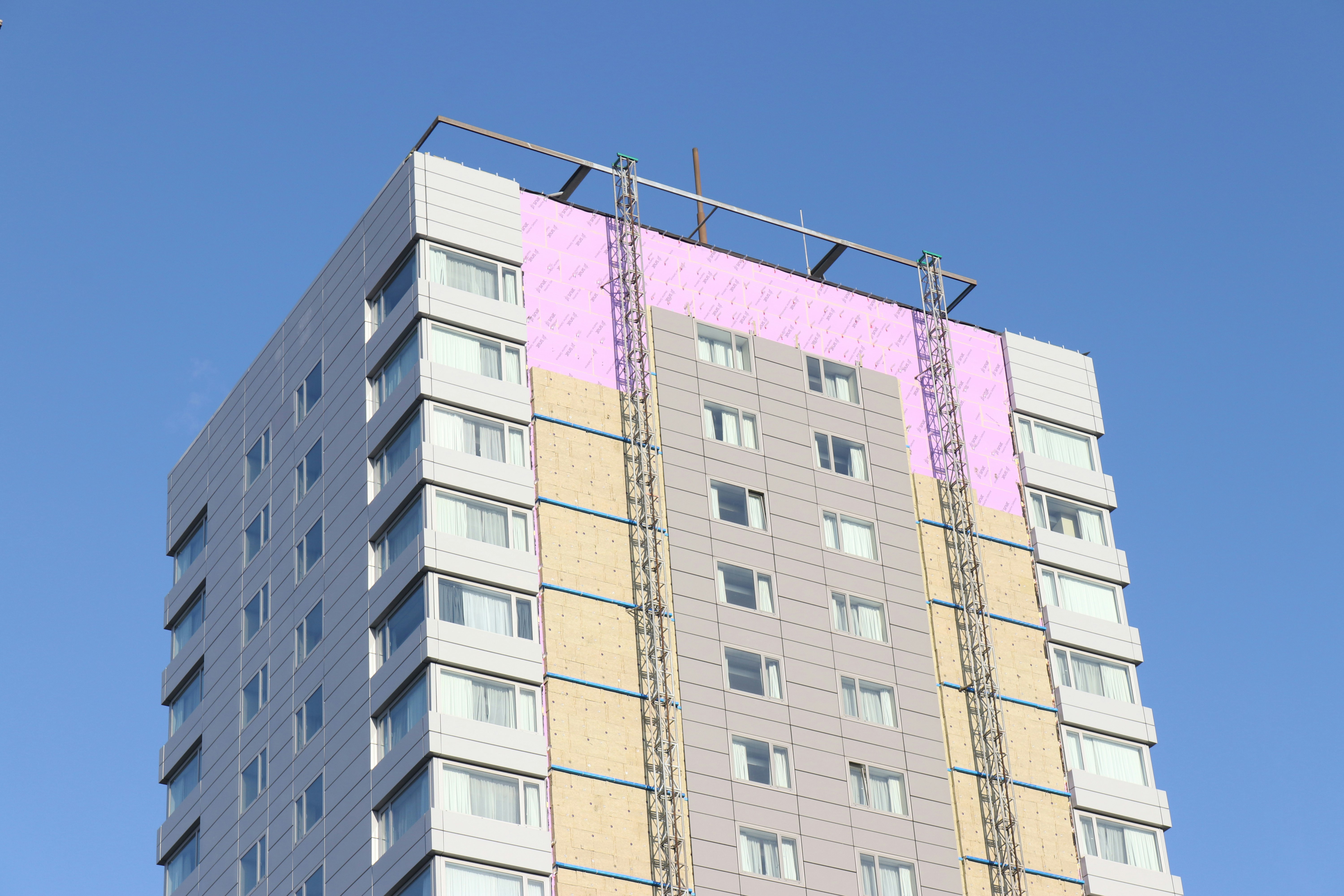Understanding key shifts and new approaches can help construction pros develop their business, strengthen people resources, and make timely—and visionary—decisions about new technologies.
In the coming year, construction pros that keep their eyes on real estate trends will find much to capitalize on in their business. One resource for this is the Emerging Trends in Real Estate Report (PDF) (2017, Urban Land Institute; Pricewaterhouse Coopers). The report, released in late October, predicts trends for the U.S. and Canada using interviews and surveys with industry experts.
Three key issues noted in the report that are also of consequence to construction are an increase in economic diversity in cities and communities; the development of smart cities and construction labor issues that impact costs to build. Diverse communities, terms of age, income, and ethnic composition, is shaping the market for both multi-family and new single family construction.
Diversity and lifestyle options play a significant role in where people decide to live. Factoring into this decision is new technology that makes buildings and homes more efficient and appealing for residents. For developers/owners, lifestyle technology allows for monitoring energy use, tenant patterns such as use of amenities in an apartment or community center, and the costs associated with residents habits.
From street lights to power grids to buildings, when cities reinvent themselves or revitalize neighborhoods, technology will be a driving force in design, architecture, and security among other assets. While this trend will be slower to reach poorer cities, (though this may shift with more local governments launching inclusionary zoning regulations), it is an innovative way for businesses, developers, and architects to experiment with technology and it’s impact on cost, the environment, and quality of life.
Augmented reality will play a role in the development process for homes and buildings. Future building owners, residents, and renters will be able to use AR technology to envision what their work, living, or retail space will look and feel like. The Emerging Trends in Real Estate report indicates AR tech will promote collaboration in the construction design and build process.
Growth in metro areas is tied to a strong employment outlook, an increase in renters, and development of cultural hubs that have mass appeal to diverse residents. According to The State of the Nation’s Housing 2016 report, among the Metro areas experiencing the greatest construction activity relative to rental demand are Atlanta, Houston, Dallas, Seattle, Washington, D.C., Austin, San Jose, and New York City. (Learn more about what drives demand in 5 of these key metro areas).
Qualified labor is on ongoing issue for the construction industry, one that will continue into 2017. When companies struggle to hire skilled and experienced tradesmen and women, it impacts the industry’s ability to meet project deadlines and drives costs up. The Emerging Trends report advised that the industry create entry-level jobs with clear routes for advancement and additional training. Other suggestions include recruiting from vocational schools, offering apprenticeships, understanding how technology changes how jobs are performed, and keeping abreast of how immigration reform will affect labor practices.
Additional Resources












